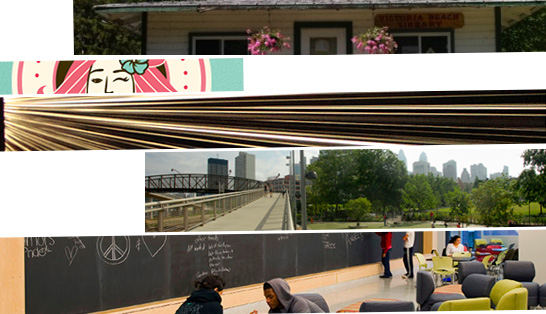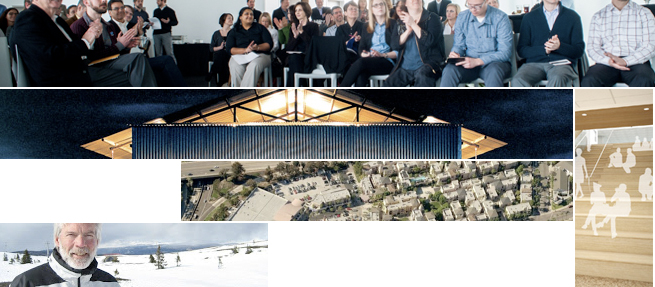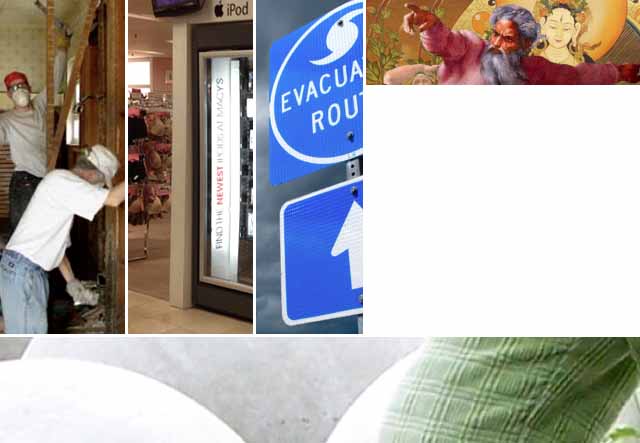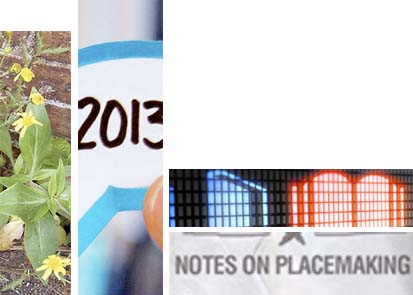Gensler's campus of the future. An Olin incremental public realm. The meaning of life according to Perkins+Will. Placemakers on the simplicity of a cottage.

Campus of the future. David Broz of Gensler writes about the “Future of the University,” focusing on the urban renaissance that has been occurring over the past few years and what the university will look like in the future.
Broz, who co-presented at the World Futures Society in Chicago with Dr. Cindy Frewen Wuellner, discusses how a leader at Xerox Corps Palo Alto Innovation Center predicted in 1975 we would be paperless in the office environment by 1995, and how digital technology is redefining higher education.
Via Gensleron Cities
Incremental public realm. The Schuylkill Banks in Philadelphia represents an important example of the power of incremental landscape infrastructure.
The armature, created by a simple paved path, has led to impactful offshoots and a networked public realm where previously there was none. The park is a prime example of the ability of landscape to provide socio-cultural value while simultaneously jump starting a powerful economic engine.
Via OLIN Studio Blog
The meaning of life. Joan Blumenfeld, Global Interior Design Director for Perkins+Will, explores the search for the meaning of life, and whether you are an architect or scientist, the process of design is our search for the true story.
“We start with what seems to be a set of random circumstances and try to hear the music of the spheres hidden within the chaos of white noise. Does it matter if the story is at least partially a fabrication cobbled together from bits and pieces? Through the strange and difficult alchemy of the design process, we create something that contains an order and a meaning that is an amalgam of what was before, that is better than what was before and that is unique. It is in the beauty of that story that we can find a personal truth.” – Joan Blumenfeld
Cottage simplicity. Hazel Borys of PlaceMakers, examines the idea of keeping it simple as she spends time at Victoria Beach, a cottage community in Manitoba, Canada.
Victoria Beach has a dirt street grid and very simple architecture on the town square, and most of the lots are not cleared keeping the costs lower and privacy higher. “The architecture of the town’s commercial buildings is nothing like anyone in my firm — or probably any of you — would design. And yet this place is so beloved that it is no longer affordable enough for me to want to buy here.” – Hazel Borys
Via PlaceMakers Blog
Innovative Social Media Campaign
Tampon marketing gets real for social media. HelloFlo, a monthly tampon delivery service, launched a new video promotional video about a tween who got her period before other girls at camp. The humorous video, which was posted on July 29, got nearly 2.5 million views on YouTube and temporarily shut down the HelloFlo website.
Via NPR Blog
HelloFlo http://helloflo.com/





